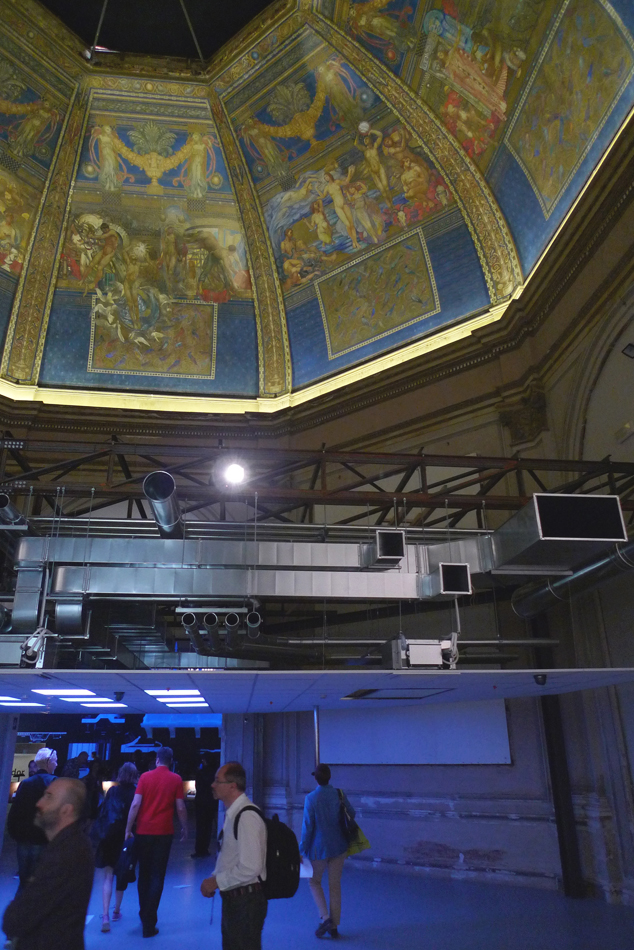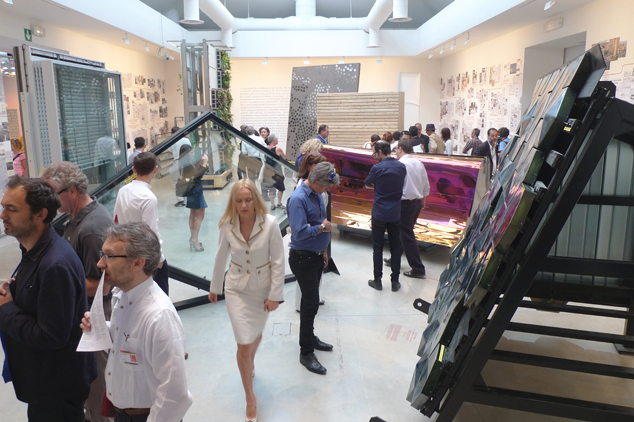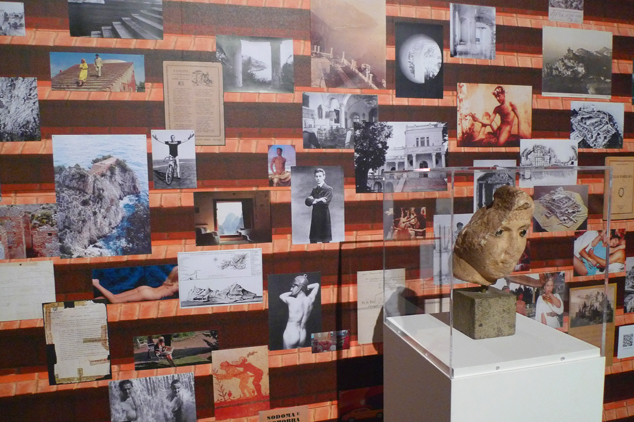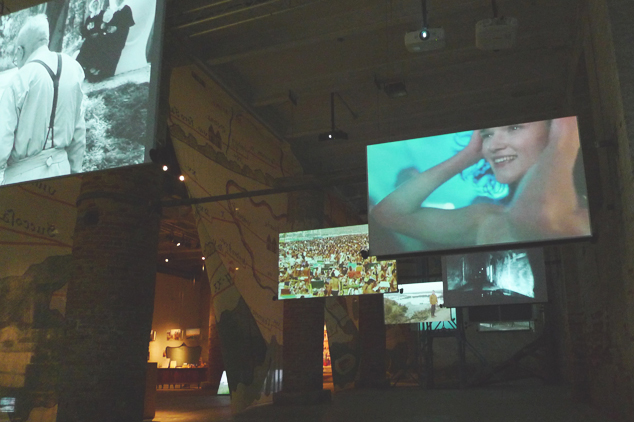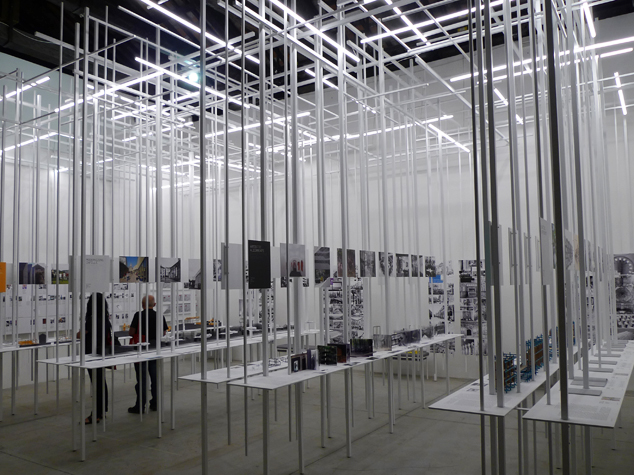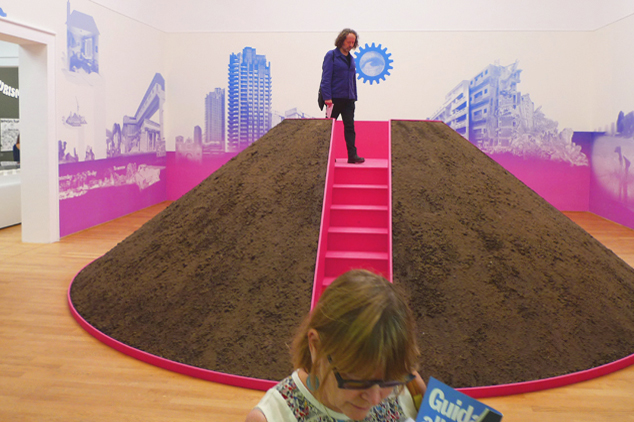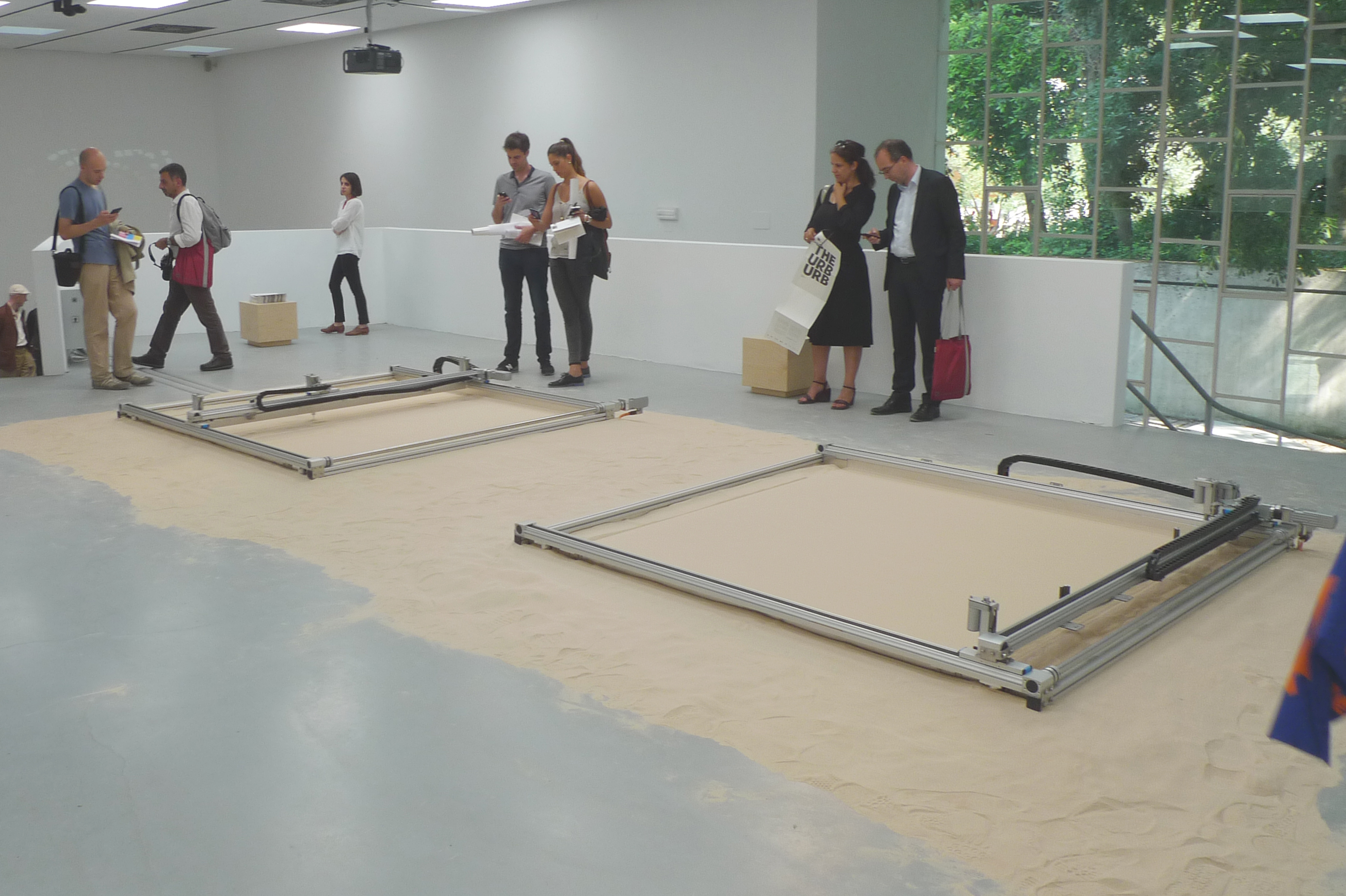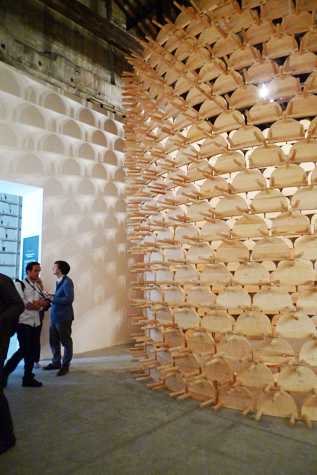by: jknoops
“So you’re off to the circus,” Lars Lerup, professor of architecture at the Rice School of Architecture, admonished me the evening before I left for Venice. From the privileged tranquility of the American Academy in Rome, the Venice Biennale, by comparison, has always been a mosh pit of disparate agendas. This architectural spectacle, otherwise known as Venice’s International Architecture Exhibition, has often had little clarity as a curated exhibition. With vague titles and ambiguous agendas, past Biennale directors often filled the exhibitions with the work of their peers while allowing the contents of each National Pavilion to go un-reined.
But funnily enough Lerup and I suspected that this year’s circus just might be a circus unlike all previous circuses – thanks to this year’s ringmaster.
Indeed this year’s director has always been one to forge his own path. None other than the Pritzker Prize-winning architect Rem Koolhaas, Hon. FAIA, set the agenda almost two years ago by changing the dates, mandating a cohesive theme, and titling this Biennale, “Fundamentals.” In his words: “a Biennale about architecture, not architects.” By sheer power of will and reputation he made it so.
ELEMENTS OF ARCHITECTURE – Central Pavilion
The Central Pavilion, often the most undefined portion of the Biennale, was instead a well-crafted (and in the words of a fellow AIANY visitor, “tight”) exploration of the basic fundamentals of architecture itself, as 15 various salons compiled the histories of the floor, the wall, the ceiling, the roof, the door, the window, the façade, the balcony, the corridor, the fireplace, the toilet, the stair, the escalator, the elevator, and the ramp. What at first sounds simplistic was, instead, a deeply insightful compilation reflecting two years of work under the direct leadership of Koolhaas. It reflects the efforts of numerous collaborators including, AMO (Koolhaas’s research studio), a Harvard Graduate School of Design research team, and scores of industry and academic contributors.
MONDITALIA – Arsenale
The Arsenale (the portion of the Biennale displayed in the impressive complex of the Venetian empire’s maritime arsenal) gave much attention to the issues of Italy itself with the multi-media installation “Monditalia.” This celebration also mined other Biennale genres in a kinetic juxtaposition as dance, theater, music, and cinema flowed down the Corderie to both enchant and inform engaged visitors.
ABSORBING MODERNITY – National Pavilions
Charged with the challenge of investigating the history of their modernization from 1914 to 2014, 66 nations joined this immensely rich discourse. Whether included in the Arsenale, in the freestanding national pavilions, or in off-site locations scattered throughout Venice, each country contributed to Koolhass’s vision. With few exceptions, the introduction to each installation made a point of its relevance to his theme while invoking his name. Diverse, fascinating, and too numerous to experience in their entirety, the curatorial vision played out to deliver a Biennale that is bound to be unequaled for years to come. The ringmaster not only took control, but also re-defined this international assemblage.








